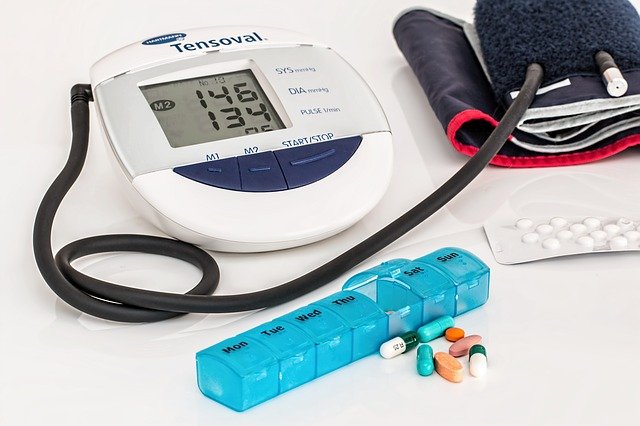Toasters and bathtubs, we are all warned as children, don’t mix. Yet in the late 19th century, if you were diagnosed with rheumatoid arthritis, there is a good chance you would have been led to a special hospital room and placed in an electrified tub connected to large batteries. Then the doctors would have flipped the power on.
These tubs were called galvanic baths. A little over a century ago, they were “pretty common in general hospitals,” says Iwan Morus, PhD, editor of The Oxford Illustrated History of Science and a history professor at Aberystwyth University in Wales.
Though there were skeptics, many saw the galvanic bath as a promising tool to treat nervous disorders and skin conditions caused by lupus. It was particularly used for joint problems like rheumatoid arthritis, a debilitating autoimmune disease first identified in 1800. An 1896 article on rheumatoid arthritis in The British Medical Journal claimed that “excellent results” had been achieved from the treatments, without “the slightest pain, shock or discomfort.”
At the time, advances in battery technology were making electricity widely accessible for the first time. Electricity was still thought of as an invisible fluid, and, to most people, it seemed almost miraculous, and the belief that it had healing properties became widespread. In Great Britain, thousands purchased batteries advertised as having healing properties. Even Charles Dickens owned an electrified water basin that he used to treat his knee pain. In the United States and Canada, fancy galvanic bath spas catered to a wealthy clientele.
A typical galvanic bath consisted of a single porcelain bathtub with electrodes placed near the patient’s head and feet, both connected by wires to external batteries. A variation called the Schnee four-cell bath had four smaller electrified basins, one to submerge each limb. The Schnee’s popularity stemmed from the fact that the patient could remain fully clothed during the treatment.
From our modern vantage point, an electrified bath sounds alarming, but their low voltages – and their lack of modern metal drains, which could provide grounding for electricity – meant that galvanic baths were relatively harmless. Patients would feel a twinge. At worst, they might faint.
The tubs took their name from the Italian scientist Luigi Galvani, an inspiration for Mary Shelly’s novel Frankenstein. Galvani discovered electricity’s role in the body by inadvertently shocking severed frog legs, causing them to move as if alive.
Galvani’s twitching frog legs led to a rudimentary understanding of the role of what was called “animal electricity” as the body’s messenger, passing commands from the brain to the limbs and vital organs. “There was a relatively common belief that the nerves were like telegraph wires, communicating information back and forth between body and brain,” says Morus. That is why electricity was seen as particularly useful in treating mental afflictions or joint problems like rheumatoid arthritis.
Another reason doctors turned to galvanic baths in the case of rheumatoid arthritis was that there were no effective treatments. Like so many autoimmune diseases, rheumatoid arthritis has never been well-understood. Its cause is still a mystery, and while there are effective treatments, there is still no known cure. Yet it is relatively common, affecting about 1 out of every 100 people. The symptoms can include severe chronic joint pain, bone erosion, and deformity, and it can even affect vital organs.
The lack of an effective cure has led to a long history of unorthodox treatments; so many that the former research chief of Britain’s Arthritis and Rheumatism Council, F. Dudley Hart, once wrote an “encyclopedia” of what he called “quack cures,” including wearing red flannel underwear and ingesting bee venom. Hart attributed the faith in such treatments to the fact that rheumatoid arthritis will sometimes go away on its own, leading patients to swear by the last method they tried.
Like many other rheumatoid arthritis treatments, the galvanic bath was eventually labeled as quackery and was abandoned by the medical community by the early 20th century.
But the electric bath may not have been as crazy as we once thought. A small, relatively recent study has shown that electricity may indeed be an effective treatment for rheumatoid arthritis, via implantable batteries about the size of a pill. The remote-controlled batteries emit electrical impulses that stimulate nerves. Researchers hope the stimulation will curtail the release of inflammation-causing proteins called cytokines, which they believe cause the most severe symptoms of the disease. Similar treatments have been used successfully for combating epilepsy, and a larger study of the electrical implants for rheumatoid arthritis is currently underway at the University of Washington

